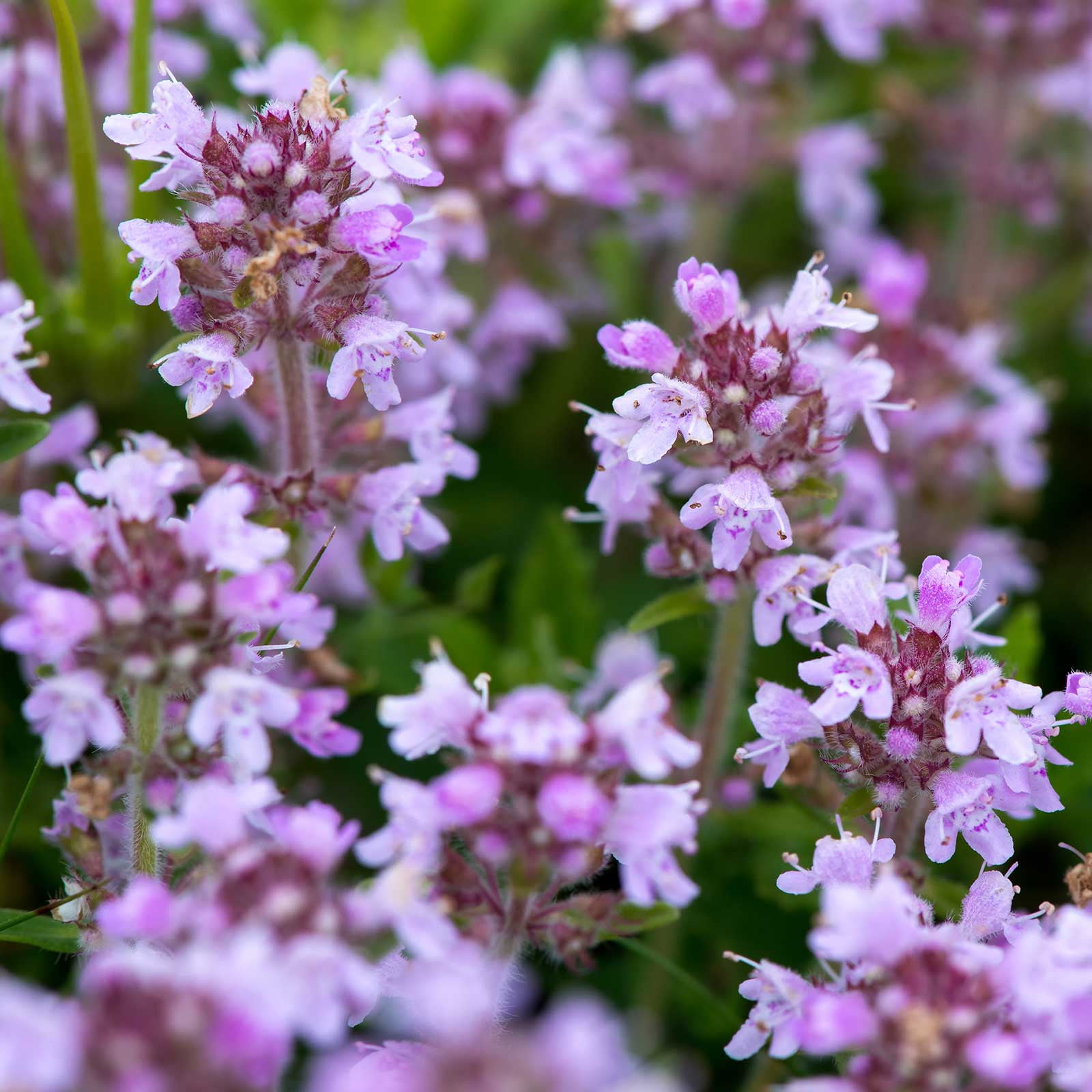

Red Creeping Thyme is native to Europe, the Mediterranean, Turkey, and Greenland. Your Red Creeping Thyme could live for a year or two, die, and withdraw into its root system in the soil, and then reanimate itself and grow back. 9 In much colder climates the plant actually dies, retreats into the soil, and then grows again anew from the soil in the spring.
/red-creeping-thyme-flowering-big-56a585ab3df78cf77288b00e.jpg)

Red Creeping Thyme is evergreen, but it is also a perennial herbaceous plant. Although Red Creeping Thyme is edible, it is not usually grown for use as an herb or for culinary purposes.Īlthough Red Creeping Thyme is originally native to Europe and nearby regions, species variants of the plant are also native to Eastern and Northwestern North America. It is especially fragrant too – depending on the species it may have a lemony or oregano-like scent. This shrub is usually grown for its aesthetic attributes as a decorative ground-cover floral blanket and grass alternative. Red Creeping Thyme visually looks like it is slowly creeping in movement as it grows. The plant gains its “creeping,” moniker due to the fact that its stems grow out horizontally.Īs Red Creeping Thyme grows and expands outward, it covers the ground in a mat or blanket of low-laying and beautifully hued flowers.

It usually grows to a height ranging anywhere between three to six inches. Red Creeping Thyme is a creeping and very fragrant herbaceous shrub. Related Reading: Identify Weeds By Photo: 117 Common Weeds by Photo Red Creeping Thyme shrubbery grows horizontally and hugs close to the ground like a floral mat, so it usually does not grow taller than six inches, and it is this particular growth aspect that allows it to aesthetically resemble a floral mat on the ground as it grows. The flowers can be primarily crimson, reddish pink, or purple in color. Its magnificently colored flowers are small and tube-shaped. Additionally, the leaves are covered in fine, fuzzy, and tiny hair-like protuberances. Its leaves can be dark green in color or a beautiful hue of greenish blue. Its ability to grow and sprawl horizontally means that it can become an invasive plant and very difficult to remove. Many experts view Red Creeping Thyme more as a weed than as an herb. Red Creeping Thyme is a shrub that is very adept at self-propagation. The undeniable benefits of owning a Red Creeping Thyme landscape or garden will be proven to you in this guide.


 0 kommentar(er)
0 kommentar(er)
